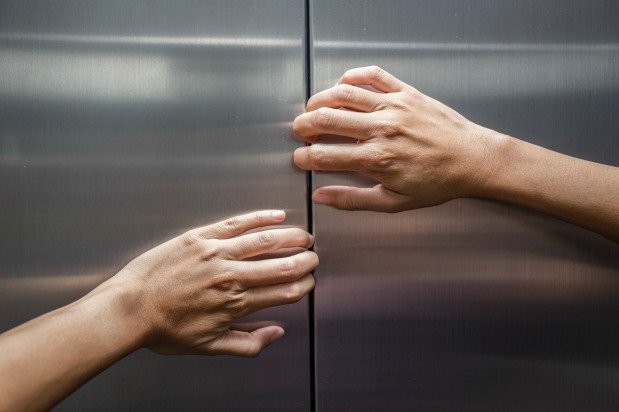Stuck in an Elevator? Here’s What to Do
Elevators are a safe mode of transportation equipped with various safety systems to ensure passenger safety. But sometimes they can malfunction. Getting stuck in an elevator can be a nerve-wracking experience, but knowing how to respond calmly and effectively can make all the difference. In this blog, we’ll outline the essential steps to take if you find yourself in this situation, ensuring your safety and peace of mind.
Stay Calm and Assess the Situation
The first and most crucial step is to remain calm. Remember that elevators are designed to be safe, and getting stuck is rare. Elevators are equipped with various safety features designed to ensure passenger safety. These include emergency brakes, over-speed governors, and door safety. Panicking will only increase stress levels and make the situation more challenging to manage.
Press the Alarm Button
Most elevators are equipped with an emergency alarm button or intercom system. Press the alarm button to alert building security or maintenance personnel that you are stuck in the elevator. This action will trigger a response and initiate the manual rescue process.
Pressing the alarm button is crucial as it notifies the building management or emergency services about the situation. They can then coordinate a response and dispatch personnel to assist you. In some cases, building security or maintenance staff may be able to communicate with you through the intercom system to provide reassurance and updates on the manual rescue process.
Communication is key during such situations. If there is an emergency phone or intercom system, use it to stay in touch with the outside world. Building management or emergency services can provide guidance and support until help arrives.
Do Not Attempt to Force the Doors Open
While it may be tempting to try to force the elevator doors open, especially if you feel anxious or claustrophobic, it’s essential to avoid doing so. Modern elevator doors are equipped with safety features that prevent them from opening when the elevator is not at a designated landing. Trying to pry the doors open can cause damage to the elevator and potentially exacerbate the situation.
Attempting to force the doors open can compromise the safety of the elevator and put you at risk. It’s essential to follow proper procedures and wait for trained personnel to assist you. Building maintenance or emergency rescue teams are trained to handle elevator-related incidents safely and efficiently.
Wait for Assistance and Stay Inside the Elevator
Once you’ve notified the relevant authorities, wait patiently for assistance to arrive. Avoid attempting to force the doors open or exit the elevator on your own, as this can be dangerous and may cause further complications.
Unless there is an immediate threat to your safety, such as a fire or other emergency, it’s best to remain inside the elevator until help arrives. Elevators are designed to provide a safe and secure environment for passengers, even in the event of a malfunction.
Exiting the elevator on your own can be dangerous. It’s safer to wait for trained personnel to assist you with the rescue process. They will ensure that you are safely evacuated from the elevator.
Do Not Carry Elevator Door Keys Inside the Elevator
As a precautionary measure, avoid carrying door keys with you inside the elevator. The elevator door key is essential for the manual rescue process, it’s used to access the elevator landing door placed outside the elevator cabin. Keeping them inside can hinder the rescue process, potentially compromising safety and delaying assistance.
Conclusion
Being stuck in an elevator can be a frightening experience, but by following these steps and trusting in the safety features of the elevator system, you can stay calm, safe, and informed until help arrives. Remember to press the alarm button to initiate the manual rescue process and cooperate fully with rescue personnel for a swift resolution


Comment (1)
What you’ve written here is not just a collection of ideas — it’s a conversation, one that spans across time and place. Your words evoke such a rich tapestry of images and emotions that it’s impossible not to be swept up in them. There’s an intimacy to the writing, a quiet understanding that connects the reader to something much larger than themselves.